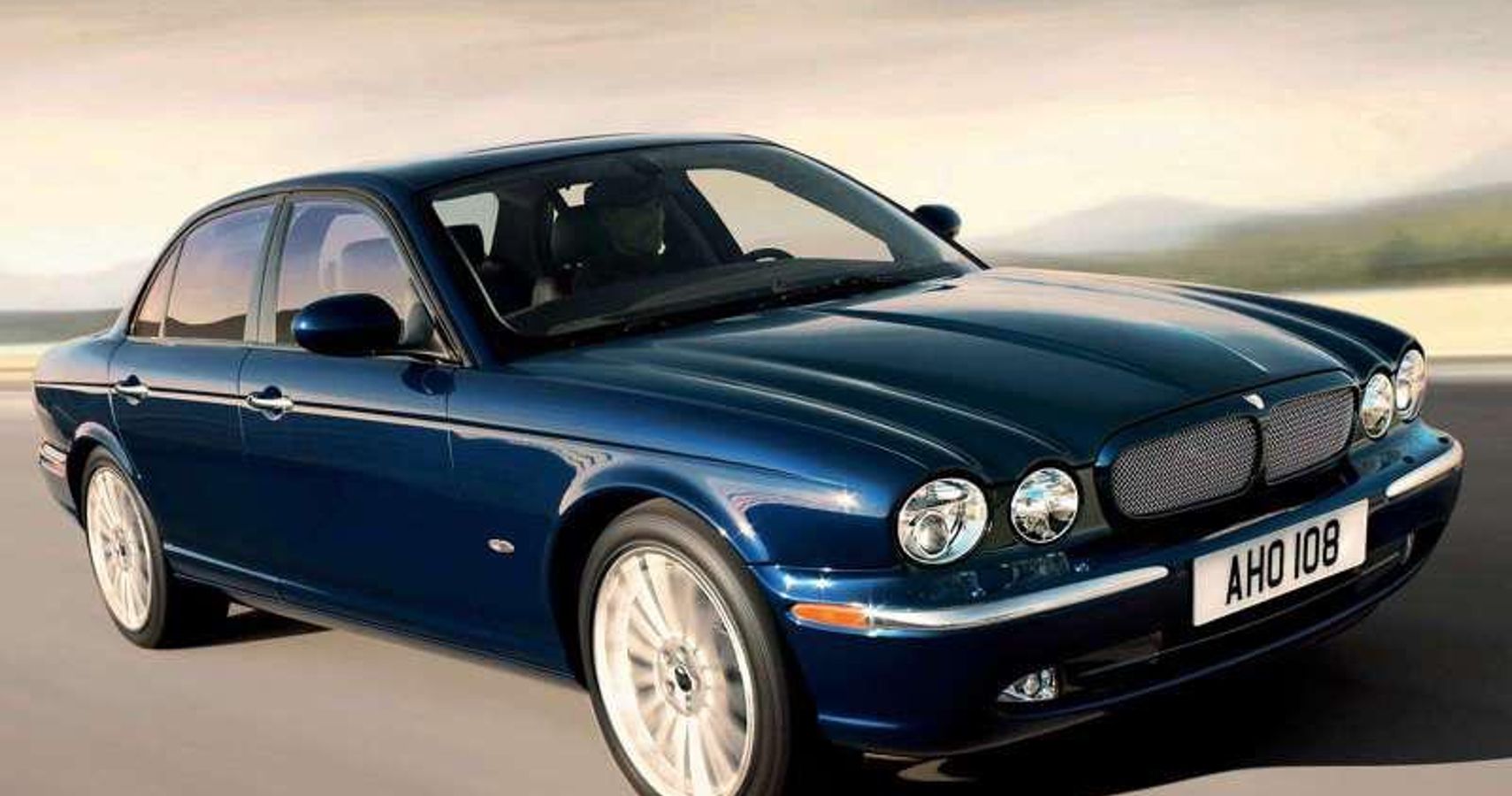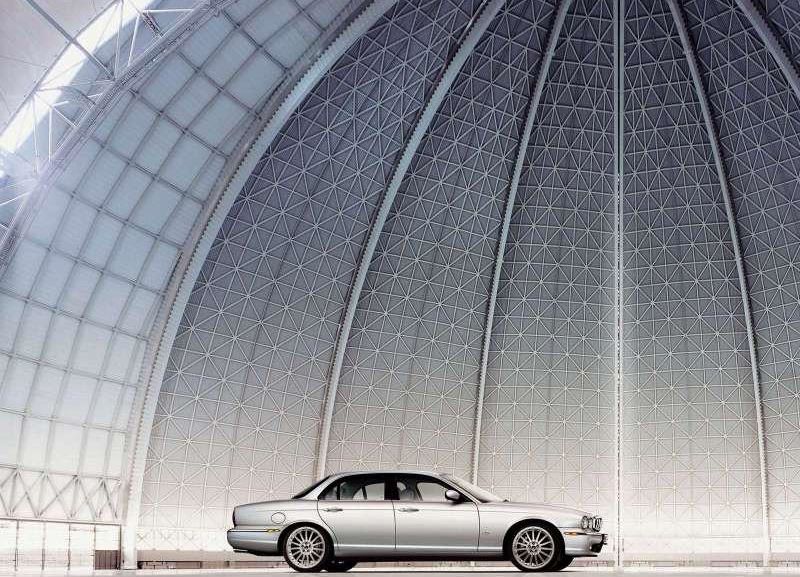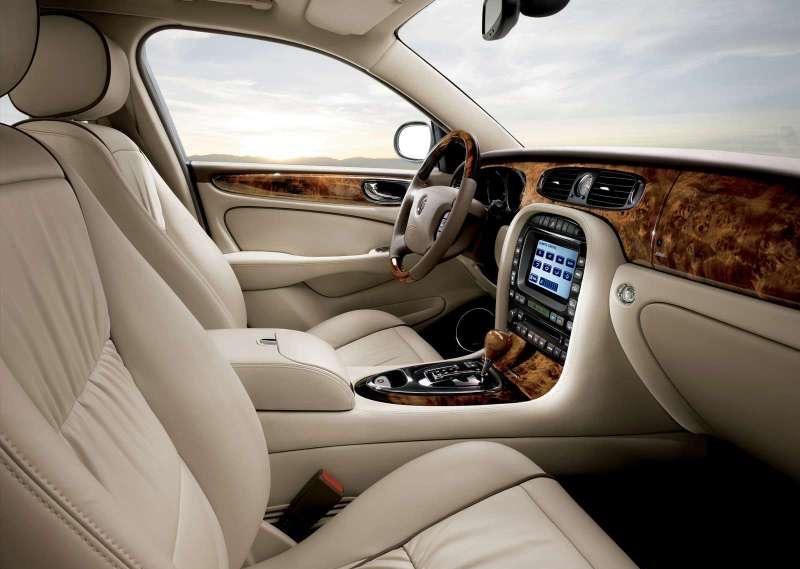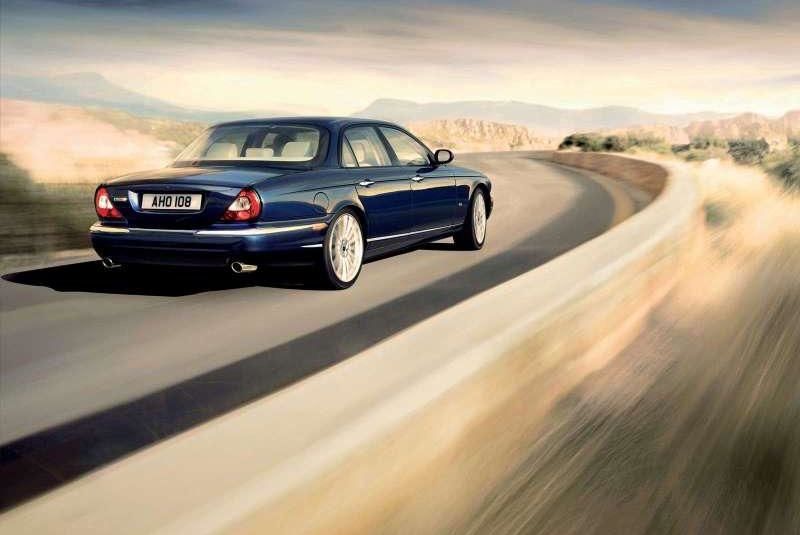The XJ has been the ultimate Jaguar saloon for seven generations, from the very first XJ6 launched by Sir William Lyons in 1968 to the all-new model that made its public appearance in September 2002. Since the first trim was introduced in 1968, more than 800,000 Jaguar XJ’s have been produced, accounting for more than half of all Jaguars ever produced. Each version of this legendary vehicle was given the combination of elegance, style, comfort, and energetic performance, boasting luxury at its finest.
The vehicle marked the pinnacle of Jaguar luxury saloon automobile manufacturing and can be deemed one of the most technologically sophisticated Jaguars ever produced. Stronger engines, a new braking system, laminated glass for enhanced noise isolation, a driver-selectable automated speed limiter, and a new tire pressure monitoring system came standard with all 2006 models.
The Jaguar XJ: A British Luxury Saloon
Jaguar's flagship XJ sedan offered the highest level of luxury and performance while maintaining its distinctive British flair. The exterior featured an all-aluminum body and was supported by an innovative aluminum frame. One of the reasons to use Aluminum was to lower the curb weight and increase the sedan’s efficiency. The cab-forward design was enhanced by inching the wheels closer to the corners. The car’s front overhang was reduced, and the steepness of the windscreen was diminished. Oval headlights flanked a grille made of crossing bars. Standard features included a self-leveling air suspension and Jaguar's Computer Active Technology Suspension system. Regular versions had a 200.4-inch overall length and a 119.4-inch wheelbase, while extended-length sedans had a 205.3-inch overall length and a 124.4-inch wheelbase.
The luxury sedan’s body was 60 percent stiffer and 40 percent lighter than its predecessor. Its structural strength also constituted a significant advancement in crashworthiness. Both the bonnet and the boot lid featured four-bar-link hinges with gas-assisted struts.
The Jaguar XJ: An Engineering Marvel
The Jaguar XJ's interior exhibited refinement, using leather and wood. Besides, the fascia, center console, and door panels are all made of real burr walnut veneer. In a relatively higher position, the dashboard swept across the automobile. In front of the steering wheel, three instruments were gathered. A seven-inch LCD touch panel in the center stack was used to control temperature, music, and navigation features. Jaguar made the controls as simple as possible. At the flick of a button, the adjustable foot pedals may be adjusted up to 2.5 inches. They allowed every size driver to have a perfectly comfortable sitting choice when combined with the 12 or 16-way adjustable front seat.
The automobile was stretched by five inches behind the B-pillars for improved rear seat accommodation in the long-wheelbase models. The rear seatback was reclined, and a switch powered the front passenger's seat, which provided ample space to stretch out. The inside of the Super V8 Portfolio was notable for having two bucket seats in the back, divided by a huge center console that included storage places and the controls for the rear climate system.
Two 6.5-inch LCDs placed in the back of the front seat headrests served as the rear-seat entertainment system. They are operated individually by a complete control panel positioned in the rear center armrest.
Top-Notch Performance And Safety Features
The XJ8 and Vanden Plas were powered by Jaguar's 4.2-liter V8 engine, which produced 300 HP. The Super V8 variants were supercharged and delivered 400 HP to the rear wheels. All trims were equipped with a six-speed automatic gearbox. The XJ8 and Vanden Plas versions also had a class-leading 18 city/28 highway fuel economy, while the Super V8s had a reasonable 17/24. Aside from that, there were two additional engines for the lower trim levels. The vehicle’s 240 HP 3.0-liter V6 engine was previously recognizable to S-TYPE and X-TYPE owners. A new 3.5-liter V8 with 262 HP was introduced as the entrance point into eight-cylinder XJ motoring.
The sedan had a long list of passive safety features, including Jaguar's advanced Adaptive Restraint Technology System (A.R.T.S. ), but the strength of the aluminum body was at its heart. An extremely robust center pillar with a broad, tapering base, extruded aluminum lateral floor reinforcements, and door beam extrusions gave the XJ outstanding side impact protection.
The top-of-the-line luxury sedan was the most sought-after category in the automotive industry, and the Super V8 made it a civilized choice. This car was featured with everything that a luxury sedan must have.
Sources: Edmunds, Top Speed, Forbes




